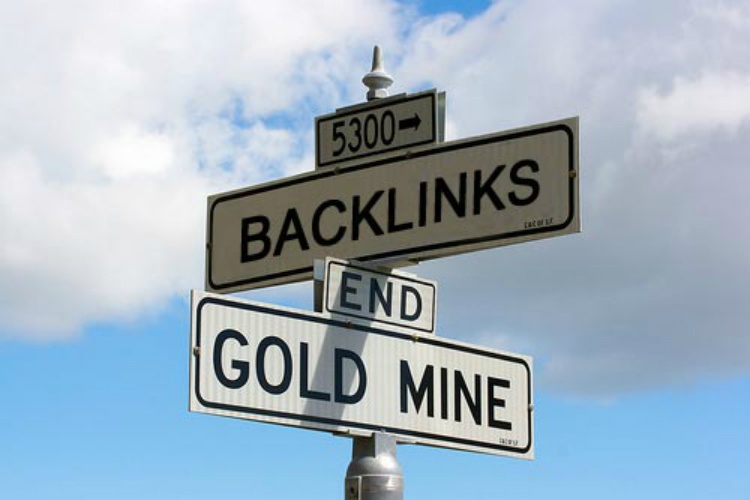Everyone with a digital presence wants their website or blog to appear in online search results. Because what’s the point of putting cool content online if no one is going to see your website?
In terms of digital marketing, getting your website to appear on Google’s search index is paramount to the success of your brand online.

Google’s search index is like a giant digital phonebook. It contains an organized list of businesses and people that’s available to anyone who searches for it.The process of getting websites, blogs and web pages added to Google’s digital phonebook is called indexing.
Google usually needs a bit of time to crawl the internet before it’s able to index new websites, web pages and blogs – between 4 days and 4 weeks to be exact.
What exactly is crawling?
Crawling is the process in which a special type of algorithm is used to index the updated data on your website or blog.
For bots to effectively crawl your site you need to have a good SEO system in place. This is because successful SEO helps search engines index your site more easily.

Search engine indexing collects keywords and phrases (this is why you website needs an SEO strategy), and stores this data to assist with fast and accurate information retrieval. It also considers all the more technical stuff like interdisciplinary concepts from linguistics, cognitive psychology, mathematics, informatics, and computer science.
Just like the music from different instruments come together to form a song, crawling, indexing and SEO (search engine optimization) all work together for the greater good of your website.
How often should an existing site be updated to keep the crawl rate consistent?
Google’s crawl rate is the frequency at which Googlebots visit your website. This varies according to the type of website you have (like a personal blog or business website) and the content you publish.
Getting bots to crawl your site regularly isn’t an exact science, but you can improve your site’s crawl rate by posting new content on an average of three times a week.

Instead of adding new web pages which will need to be re-indexed, you can create new content through a blog section on your website. Research shows that websites with blogs get an average of 434% more indexed pages. This is the most effective and easiest way to increase your website’s crawl rate.
How Google bots can crawl your site more easily.
Google bots are constantly running to turn the endless digital fields of lost information into a useable index. But they have real-world limitations too, like hardware speed and physical space for servers.
When these bots stops at a website, they read the information according to instructions outlined in the site’s robots.txt file. Bots prefer to read text and follow links that contain valuable informationand are easy to process. It also follows sitemaps provided by webmasters.
Here are a few tips to help make your website easier to crawl.
- Submit your work to Google
Create a sitemap for your website and submit it to Google’s Search Console. Links to specific web pages can also be submitted directly to search engines.
- Use back-links

Create back-links within your own website by linking new pages to pages that already have a ranking.
- Share your content
Reach out to other high quality websites and influencers and ask them to link to your page. Ask family and friends to share your content across their preferred social media platforms too.

- Use RSS Feeds
Make use of an RSS Feed which will automatically update. It’s an easy way to let search engines know that there’s new stuff on your website that needs attention.
- Google Analytics
Make use of Google Analytics. If you’re finding it difficult to get your site indexed, Google Analytics tells Google that you have new content.
- Server response time
Even if your website is optimized for speed a slow server response time means that your pages will display slowly.Your server response time should be under 200ms according to Google.
- Navigation

Add a navigation bar that links to all the permanent and important content on your website. And be sure to check your robots.txt to see if it allows bots to effectively and easily crawl your website.
- Don’t Use Too Much JavaScript
When designing a website always avoid using too much Java Script. Too much Java Script causes crawl bots to experience difficulty when reading your website.


